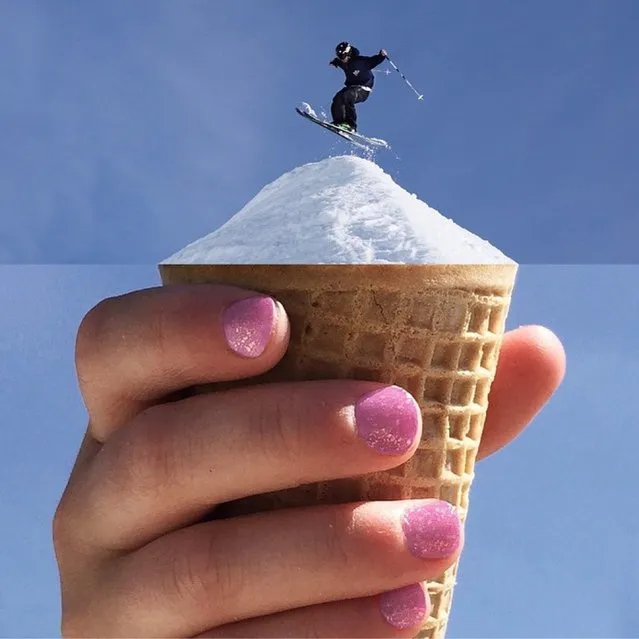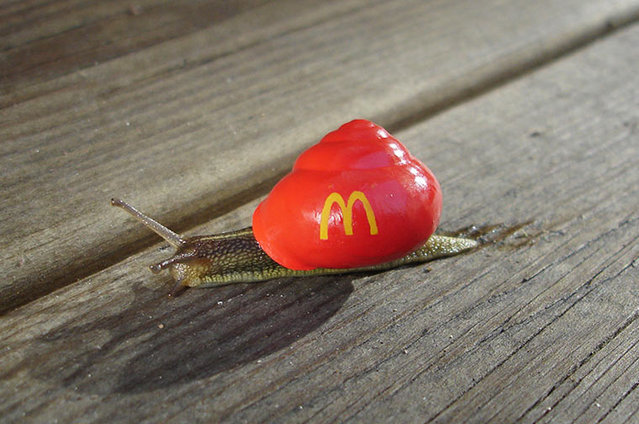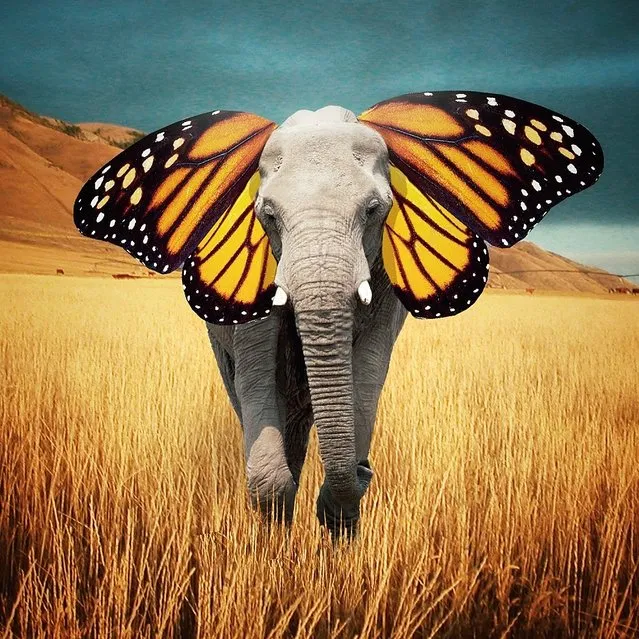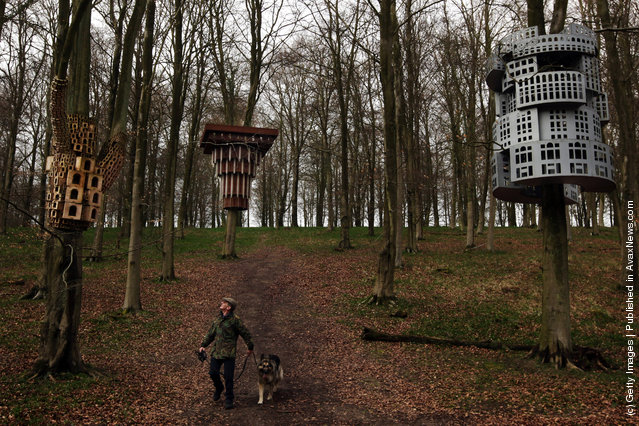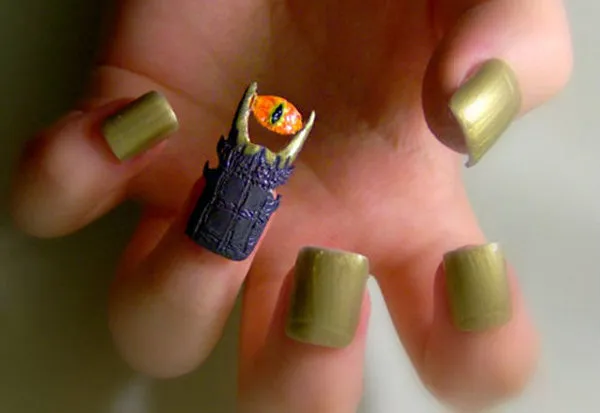
Almost all women go crazy when it comes to nail polish and decoration, and currently there are multitude of accessories and decorative styles that let you do almost anything with nails and it much more fun when we add a geek world, everything gets even more interesting! That's exactly what KayleighOC did, she inspired by classic movies, cartoons and TV series such as Harry Potter, Tetris, Game of Thrones, Pokémon, Indiana Jones, Batman and many others.
17 Jul 2012 07:33:00,post received
0 comments

